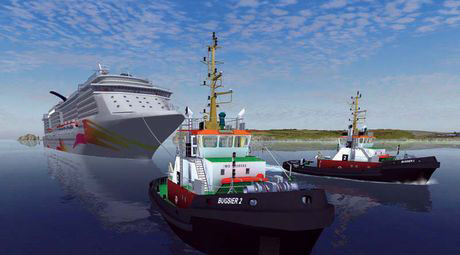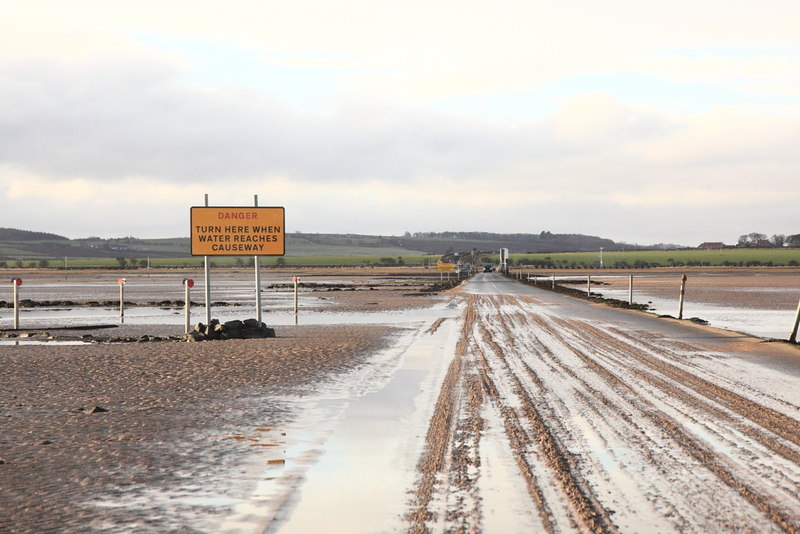

The AIS transponder transmits GPS information, as well as a host of additional data, which is then received by AIS receiving stations. Since 2004, it has been compulsory for all passenger ships of any size, and all international voyaging ships with a gross tonnage of 300 or more, to be fitted with an AIS transponder, which is able to transmit and receive AIS data.

What is AIS Technology?ĪIS stands for ‘ automatic identification system‘ and refers to a tracking system that is used on ships and vessels.

Much of this information is submitted voluntarily by the community of members. This information is then used to provide a more accurate and up-to-date live map of vessel locations.Īside from tracking vessel positions, MarineTraffic also provides background information on vessels, such as where they were built, when they were built, their IMO (International Maritime Organisation) number, how much they weigh and even photographs of them. From there, locations can be overlaid onto Google Maps and, as a result, users can use the service to track the movements of ships and other vessels in real-time.Īdditionally, some information surrounding ship locations is self-reported from those aboard. The MarineTraffic service makes use of AIS tracking technology to provide information about the identification, course, speed and current location of vessels.


 0 kommentar(er)
0 kommentar(er)
